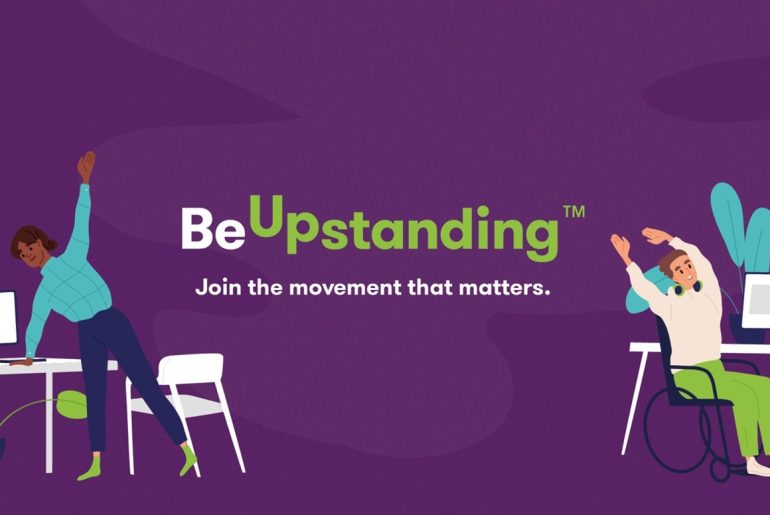The main findings of the BeUpstanding trial have now been published! You can read the scientific paper here, see a summary of the findings in the video, or read more about it below. Evaluating BeUpstanding in a world-first implementation trial The evidence-based BeUpstanding program has been iteratively developed and tested across multiple phases in collaboration with end users and key policy and practice stakeholder. A key phase of this process was the national implementation trial of the program. From June 2019 to September 2021, we recruited desk-based teams from across Australia into trial, which was funded through the NMMRC Partnership Project grant scheme, and supported by our partners: Safe Work Australia, Comcare, Queensland Office of Industrial Relations, The Victorian Health Promotion Foundation (VicHealth), and Healthier Workplace Western Australia. For teams, the main feature of taking part in the trial (as distinct from using the program independently) was committing to the evaluation steps and receipt of expert health coaching support to deliver the program via email and phone calls. Trial teams were also followed up at 1-year after running the program. In the trial, we were interested in questions such as: What is the uptake of the program among workplaces and staff?…
![]()










